EOS Network approves new tokenomics, promises ‘new era’
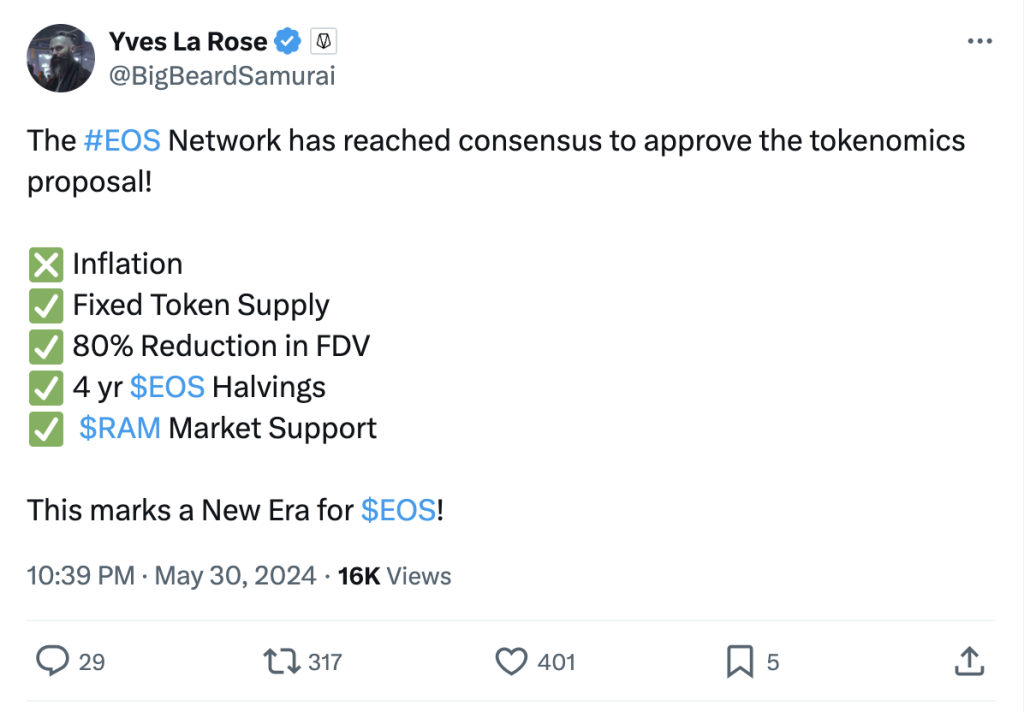
EOS is shifting to a fixed supply of 2.1 billion tokens and introducing halving cycles amid ongoing community skepticism and past regulatory challenges.

The EOS ecosystem has reached a consensus to approve a new tokenomics model, promising a “new era” for EOS tokenholders and developers.
According to an announcement on May 31, EOS will transition from an inflationary token supply with a maximum of 10 billion EOS (EOS) tokens to a fixed supply of 2.1 billion tokens. According to the EOS Network Foundation (ENF), the move would help curb inflation.
In addition, EOS’ fully Diluted Value (FDV) was reduced by 80%, and four-year halving cycles were implemented. Another change is the addition of “high-yield staking rewards” with lockup, although yields were not disclosed.
The EOS Foundation will allocate 350 million EOS tokens earmarked for its RAM Market, where developers and users can purchase RAM (Random Access Memory) to deploy and run applications on the network.
On X, the announcement was met with skepticism and doubts by the crypto community. Pseudonymous user Xalytics wrote on X: “I am holding EOS from ICO in 2017. I am really lost what I am suppose to do with this RAM news ?”
Reacting to the news, the EOS token is trading at $0.80 at the time of writing, virtually unchanged over the last 24 hours. According to CoinMarketCap, the token has declined by 21.6% since its initial launch.
The EOS ecosystem was responsible for the biggest initial coin offering (ICO) in the crypto industry. Block.one, the company then behind EOS, raised a massive $4.1 billion in 2018. What followed was a failure to meet ICO expectations, court battles, and challenges with regulators.
In 2019, Block.one reached a settlement with the U.S. Securities and Exchange Commission (SEC), paying a $24 million penalty for operating an unregistered securities offering during its ICO.
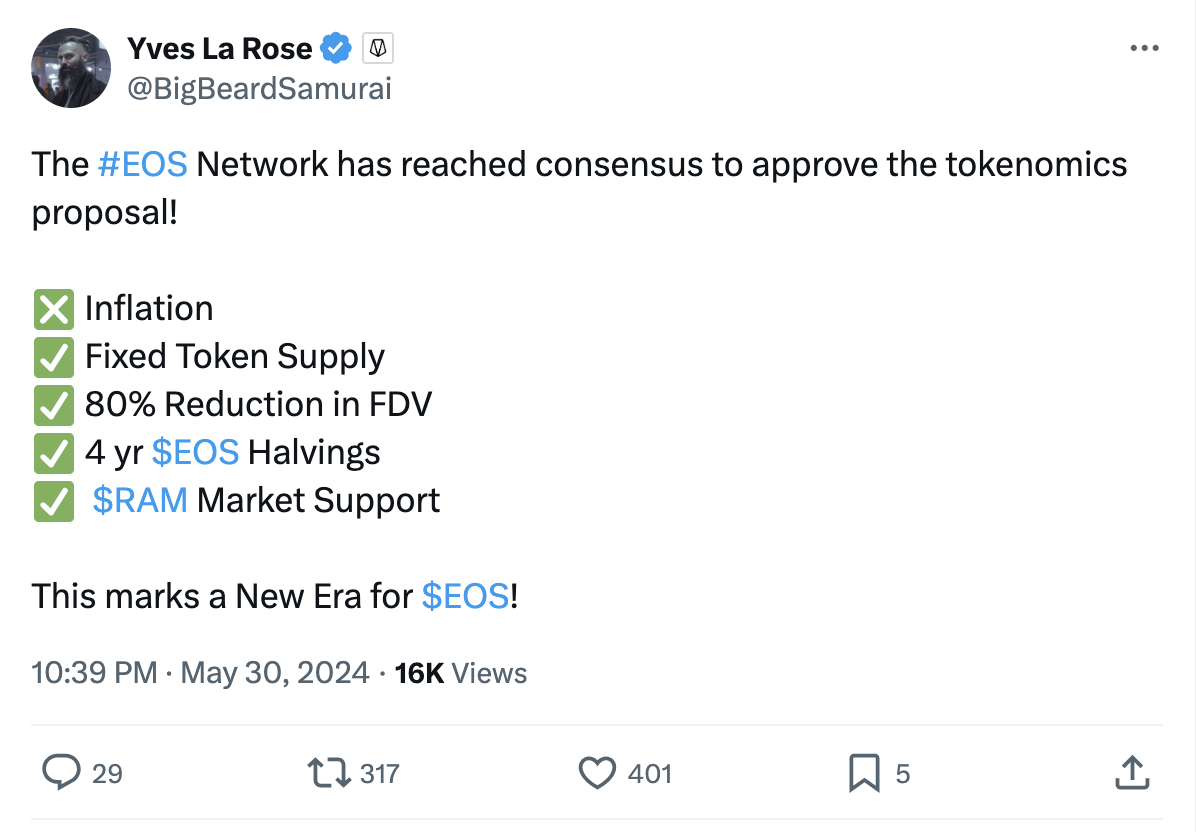
Another legal dispute stemming from the ICO was a class-action lawsuit filed by the Crypto Assets Opportunity Fund. The lawsuit accused Block.one of several misrepresentations during its ICO, including a false promise to invest an additional $1 billion in the EOS network. Block.one settled the suit for $27.5 million in 2021.
In 2021, the EOS community established its foundation to wrest back control from Block.one, which was seen as not fulfilling its promises. Yves La Rose, an original block producer, stepped in as the foundation founder and CEO.
According to La Rose, the new tokenomics represents “a landmark occasion for the EOS community.” He continued:
“This strategic overhaul will not only stabilize the token economy but also incentivize active participation and growth within the network.”
EOS is a layer-1 blockchain designed to support decentralized applications. The network positioned itself as an “Ethereum killer” during its first days.
Magazine: Whatever happened to EOS? Community shoots for unlikely comeback

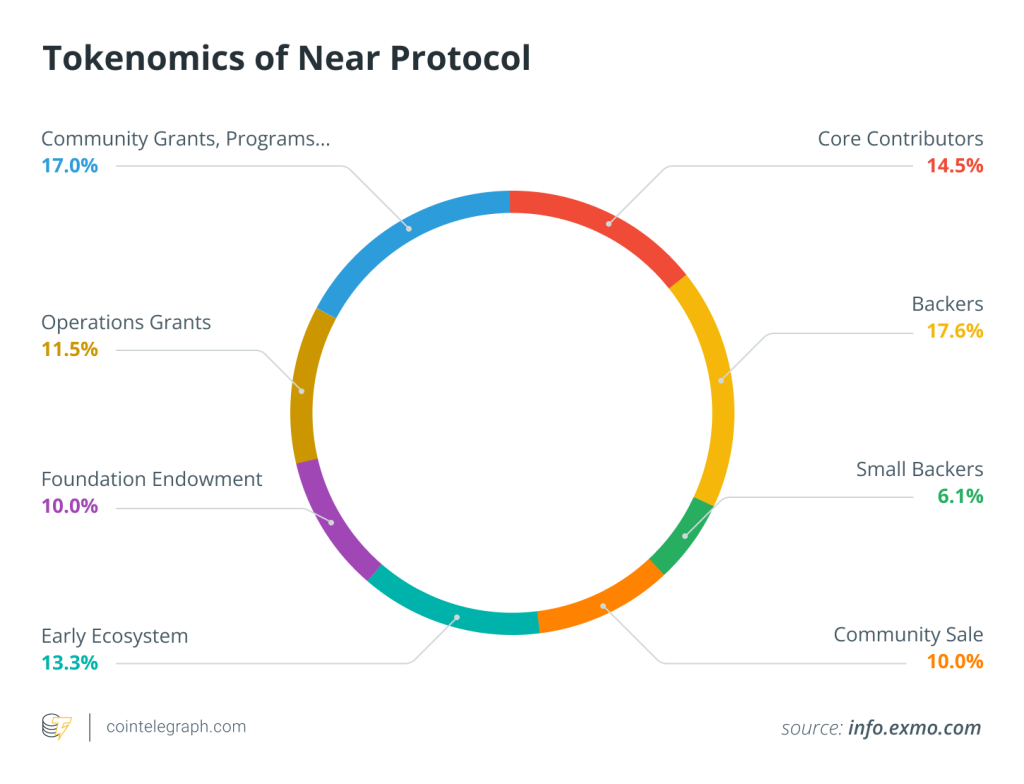
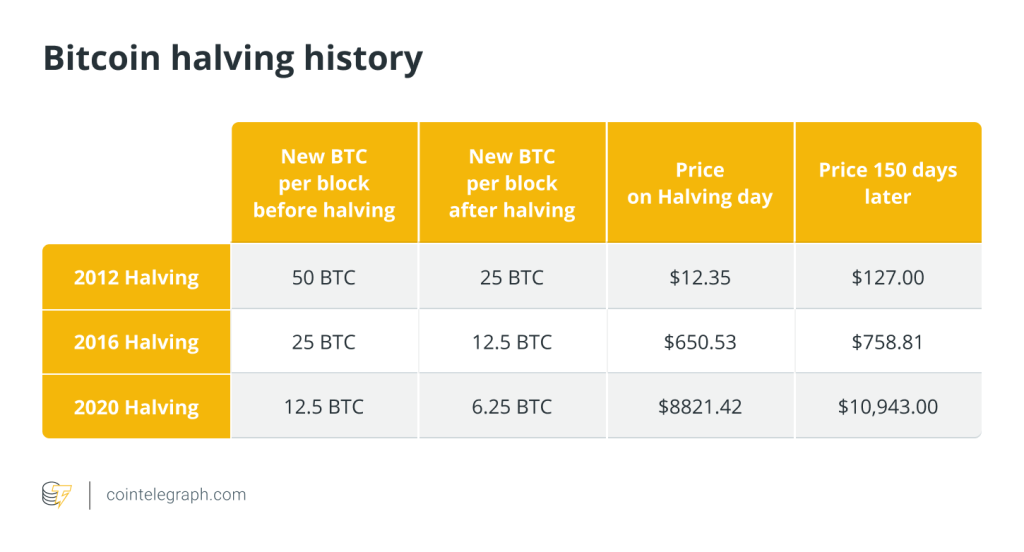
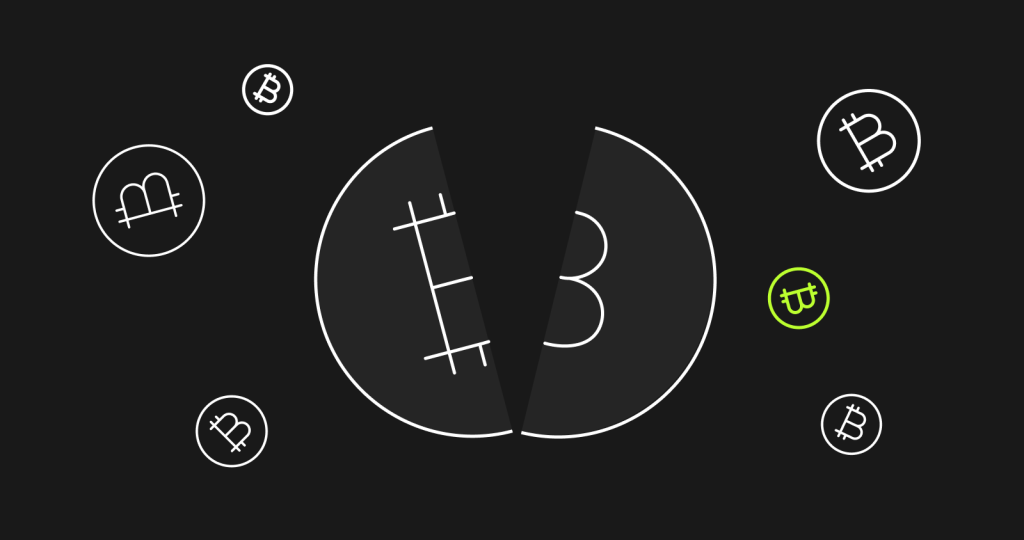
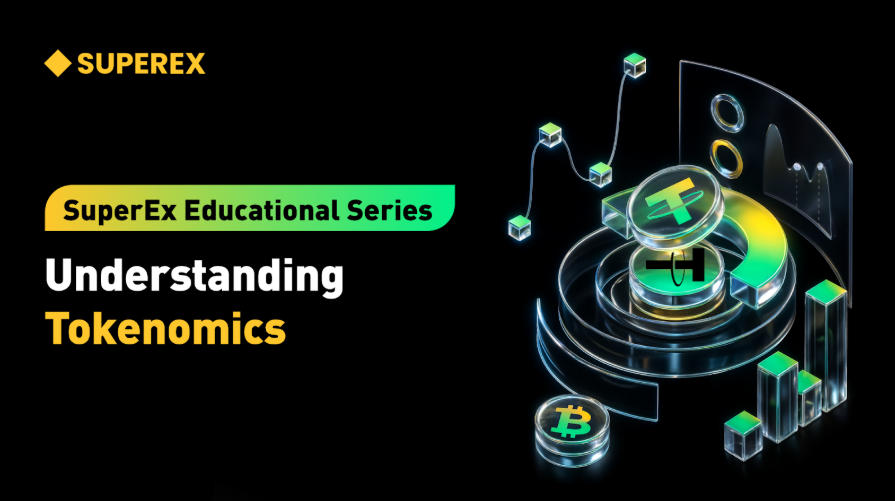
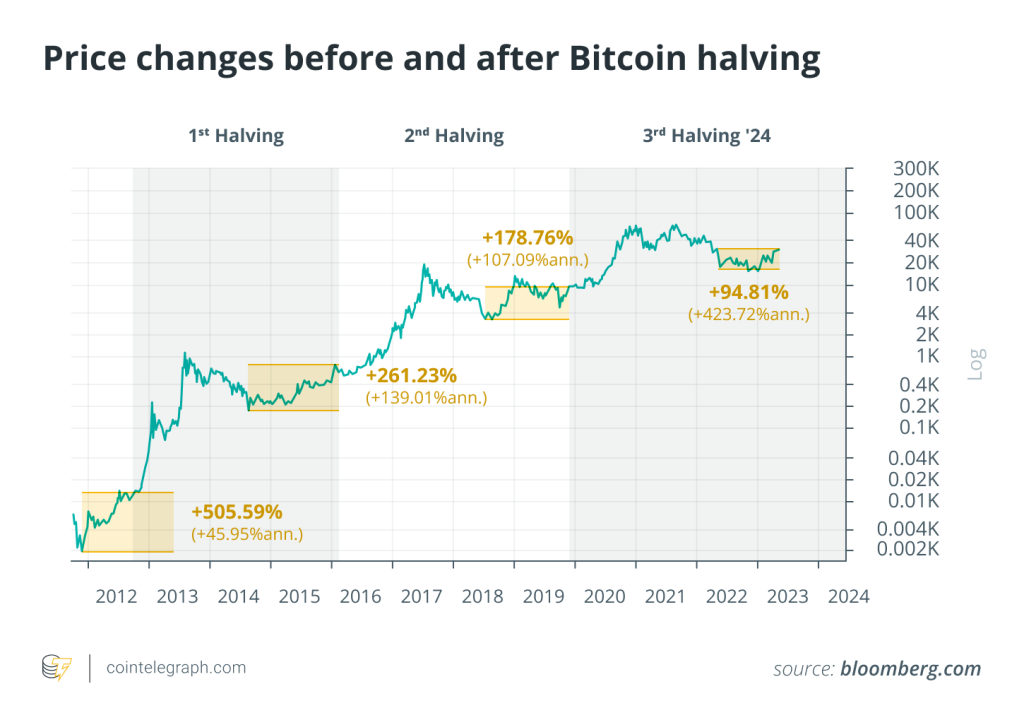
Responses